
Author Mads Timmermann
Mads has 15+ years of experience as a skin expert and has written/read this article.
🔥 New Updated 2025 Guide: 🔥
👉 Get the Clean Skin Guide now
Tired of acne and breakouts that never go away? 🤔
Learn how to fight your acne effectively and quickly.
🌟 390,067 others have already received the guide.
Cystic acne on the thighs can be a frustrating and painful issue, affecting both your physical comfort and self-confidence. Like other types of acne, cystic acne forms when hair follicles become clogged with dead skin cells, oil, and bacteria. However, unlike regular acne, cystic acne is a more severe form of the condition that penetrates deeper into the skin, causing painful and often larger inflammatory lumps.
Understanding the factors that contribute to the development of cystic acne on the thighs is essential for prevention. By recognizing the triggers and following a consistent skincare routine, you can help reduce the likelihood of experiencing this unpleasant problem. Additionally, knowing when to seek prompt treatment, either at home or from a medical professional, can make all the difference in managing and preventing the condition from becoming worse.
Key Takeaways
- Cystic acne on thighs is a deeper, more severe form of acne that can be painful and affect self-confidence
- Understanding the factors contributing to cystic acne and following a consistent skincare routine can help with prevention
- Being proactive about recognizing symptoms and seeking appropriate treatment is crucial for managing and preventing worsening of the condition
Understanding Cystic Acne on Thighs
Causes of Cystic Acne
Cystic acne is a severe kind of acne that results from a combination of bacteria, oil, and dead skin cells trapped in hair follicles. It forms deep within the skin, creating red, painful, pus-filled cysts. While cystic acne is often found on the face, it can also appear on other parts of the body, including the thighs.
There are several factors that contribute to the development of cystic acne on thighs. Hormonal changes that usually occur during puberty, pregnancy, or menstruation can lead to an increase in oil production. This excess oil, along with dead skin cells and bacteria, become trapped inside the hair follicle, causing inflammation and the formation of deep, painful, pus-filled cysts.
Another common cause is friction from tight clothing, which can irritate the skin, leading to the development of acne. Additionally, poor hygiene or not cleansing the skin properly can contribute to the buildup of bacteria and dead skin cells, further increasing the risk of developing cystic acne on the thighs.
Symptoms and Identification
Identifying cystic acne on the thighs can be more challenging compared to facial acne, but recognizing the following symptoms can help:
- Large, red bumps: These are usually deep, painful, and tender to the touch.
- Pus-filled cysts: The bumps may have a white or yellow center, indicating the presence of pus.
- Inflammation: The area around the cysts typically appears red and swollen.
- Scarring: Cystic acne can leave behind scars, including raised scars (hypertrophic or keloid scars) or indented scars (atrophic scars).
To properly diagnose and treat cystic acne on the thighs, it's crucial to consult a dermatologist. They can evaluate the condition and prescribe appropriate treatments to help manage and reduce the symptoms.
Preventative Measures
Skincare Routines
Establishing a solid skincare routine is crucial for preventing cystic acne on your thighs. Begin by cleansing your skin daily with a gentle and non-irritating cleanser. Exfoliating the area regularly, using a mild scrub or a chemical exfoliant, can help remove dead skin cells and prevent clogged pores. It's essential to moisturize after cleansing, using a lightweight and oil-free moisturizer. Taking this skin test might help you find a suitable skincare routine specifically for your skin type. Avoid picking or touching your pimples, as this can cause further inflammation.
Diet and Lifestyle Choices
Diet and lifestyle can play a significant role in the development of cystic acne. Consuming a diet rich in whole foods and low in processed, sugary, and greasy foods can help maintain a healthy balance of nourishment. Additionally, staying hydrated and drinking enough water can contribute positively to your skin's health. Incorporating regular exercise in your routine may promote blood circulation and sweat production, helping to unclog your pores. Make sure to shower immediately after a workout to reduce the chances of acne formation.
Clothing and Hygiene Tips
Being mindful of the clothes you wear and your overall hygiene can significantly impact preventing thigh acne. Opting for loose-fitting, breathable fabrics like cotton can reduce sweat and irritation in the area. Avoid tight and restrictive clothing that can cause friction on the skin. Washing your clothes and bed sheets frequently can minimize bacteria and dirt build-up. Lastly, ensure to use suitable skin care products that are gentle and specifically designed to treat acne-prone skin.
Treatment Options
Topical Medications
To manage and prevent cystic acne on thighs, we suggest using topical medications which are available over-the-counter or by prescription. These medications, often in gel or cream form, are applied directly to the skin. Some common ingredients in these medications include benzoyl peroxide, salicylic acid, or retinoids (source). The choice of active ingredient will depend on your skin type and the severity of your acne.
- Benzoyl peroxide can kill acne-causing bacteria and reduce inflammation.
- Salicylic acid works by unclogging pores and eliminating dead skin cells.
- Retinoids help speed up cell turnover and prevent clogged pores.
Oral Prescriptions
In some cases, topical treatments may not be sufficient to address cystic acne on thighs. In such situations, we may recommend oral prescriptions, like antibiotics or isotretinoin (source).
- Antibiotics: Oral antibiotics can help reduce inflammation and kill the acne-causing bacteria. Commonly prescribed antibiotics include tetracycline, minocycline, or doxycycline.
- Isotretinoin: Isotretinoin (previously known as Accutane) is a powerful prescription medication for severe or unresponsive acne. It works by shrinking oil glands, reducing oil production, and keeping pores free of dead skin cells.
Keep in mind that oral medications may have side effects and, therefore, should be taken under the supervision of a healthcare professional.
Professional Dermatological Treatments
In addition to topical and oral medications, there are professional treatments that can help prevent cystic acne on thighs. These treatments are typically administered by dermatologists or skin care professionals. Some options include:
- Chemical peels: This procedure involves the application of a chemical solution to the skin, causing it to peel off and reveal the new, smoother skin below. Chemical peels can help unclog pores and reduce inflammation.
- Corticosteroid injections: In case of large, painful, or inflamed cysts, a dermatologist might perform corticosteroid injections directly into the cyst to help reduce inflammation and promote the healing process (source).
- Laser and light therapy: These treatments use light or laser beams to target the acne-causing bacteria, reduce oil production, and promote skin healing.
It is crucial to consult with a dermatologist to determine the most suitable treatment plan for your specific case of cystic acne.
When to See a Doctor
Cystic acne on thighs can be both painful and frustrating. While it's essential to maintain a regular skincare routine and take preventative measures, there are instances when professional help is necessary. In this section, we will discuss the signs that indicate it's time to consult a doctor.
Firstly, if you've tried various over-the-counter treatments with no significant improvement after four to six weeks, it might be time to seek medical advice. Persistent cystic acne could be a sign of an underlying health issue or might require a more aggressive treatment. Isotretinoin, for example, is a prescription medication that has been proven effective for treating severe cases of cystic acne.
Secondly, if your acne is causing severe pain, redness, and inflammation, it's crucial to consult a doctor. These could be signs of an infection or a more severe condition, such as pyoderma gangrenosum, which may require specialized medical care.
Another reason to see a doctor is if you start to notice scarring. Cystic acne is notorious for leaving behind deep scars. A dermatologist can recommend treatments to minimize and possibly reverse the appearance of acne scars.
Lastly, if you suspect that your acne may be a result of hormonal imbalances or medication you are taking, it is essential to consult with a doctor. They can help uncover any underlying causes and suggest appropriate treatments or changes in your medication.
In conclusion, while trying to prevent cystic acne on thighs, always pay close attention to your body's signals. If you're experiencing persistent, painful, or severe acne, or if you're concerned about scarring or hormonal imbalances, don't hesitate to consult a healthcare professional for advice and the proper treatment.

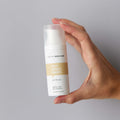
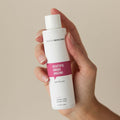
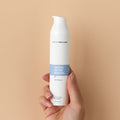
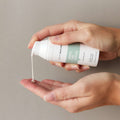



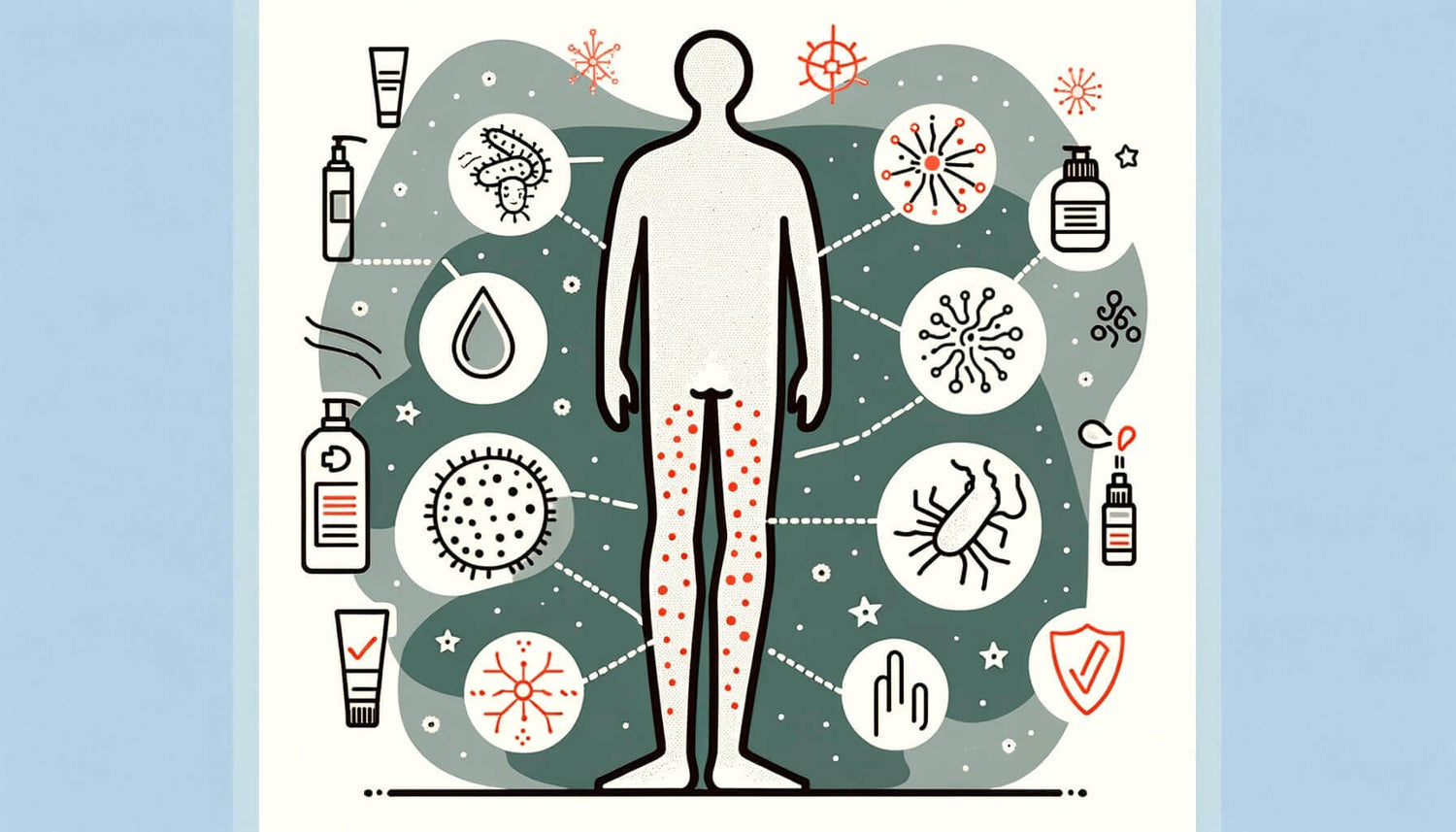
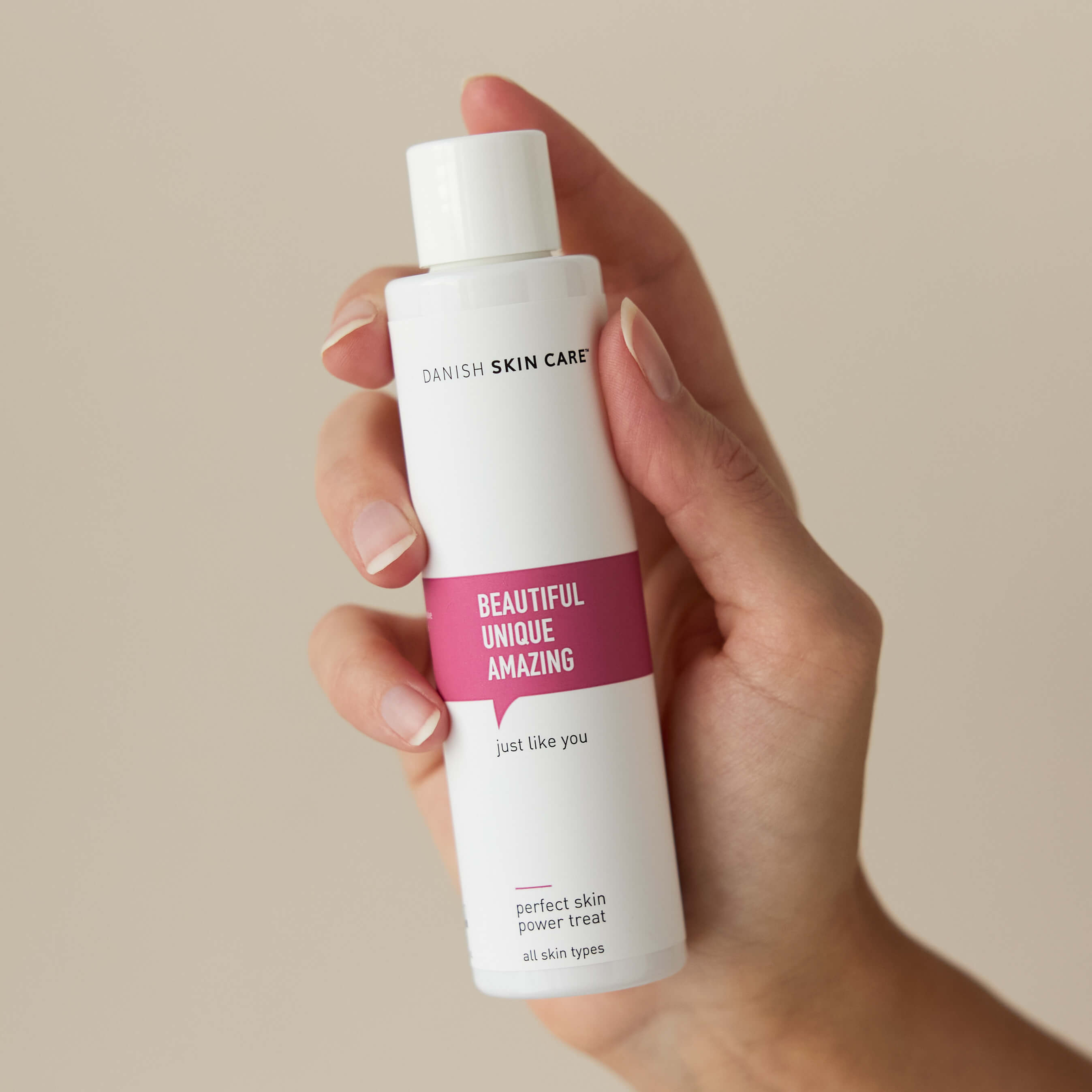
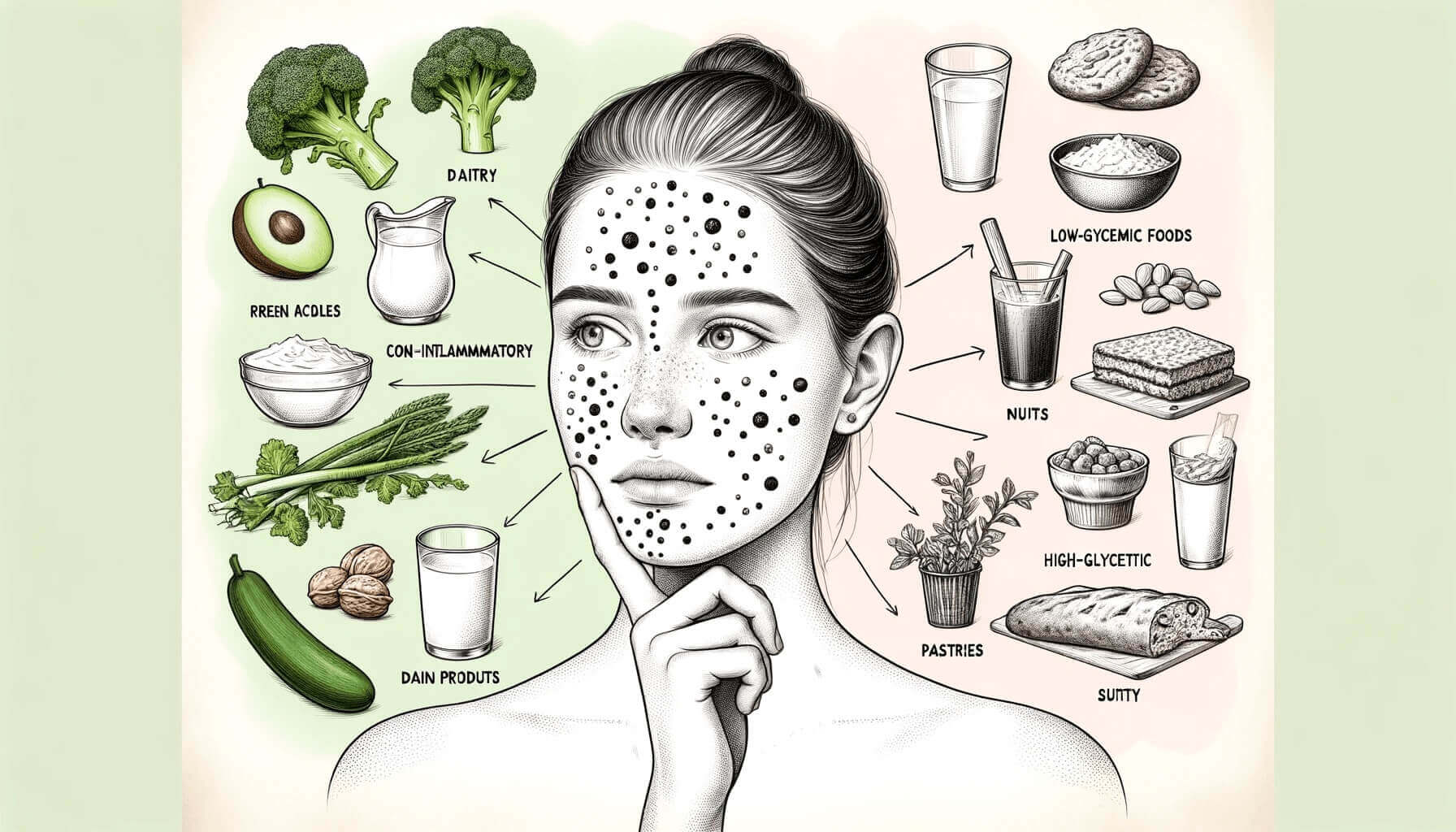
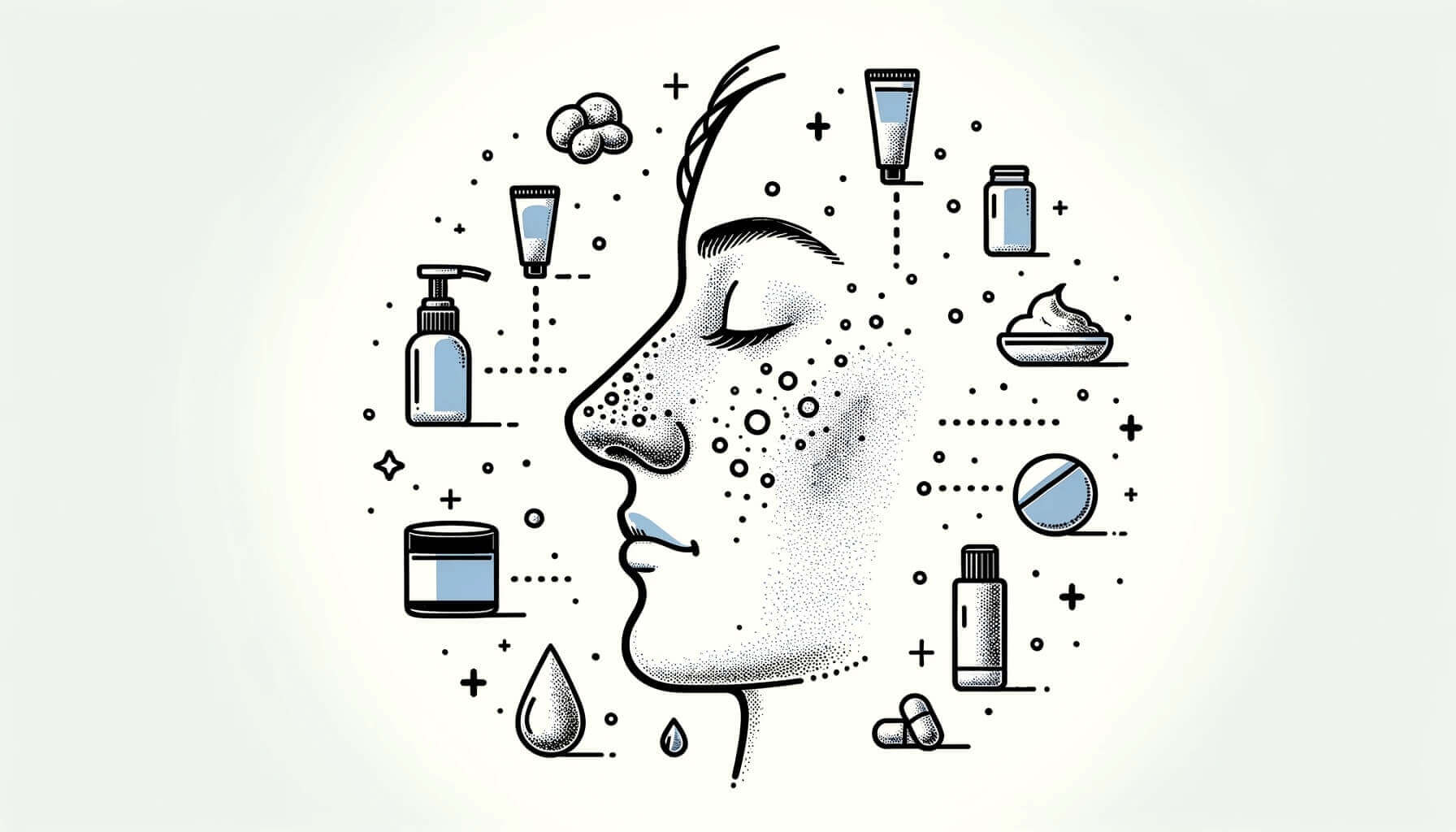
Leave a comment